Game or trail cameras provide great pictures and provide utility for both hunting and security applications. These cameras have been consistently upgraded to provide higher resolution pictures at longer distances in the daylight. Still, the best cameras are going to be greatly hindered at night when there is little to no light. Most game cameras use an IR flash when they snap pictures at night. This light is invisible to the naked eye, but will illuminate the scene for the camera. The IR flashes that come standard with cameras are underpowered, and provide illumination of only a small area near the camera. In fact, may times when the camera is triggered by movement at night, the picture will not show what triggered the picture because it is outside the illumination zone of the flash. To address this issue, WilliamsRDM now offers a Remote IR Flash that extends the illumination area of any trail camera. This unit detects the flash from the trail camera, then instantly turns on its more powerful flash to better illuminate the scene allowing the camera to capture more useful night time images.
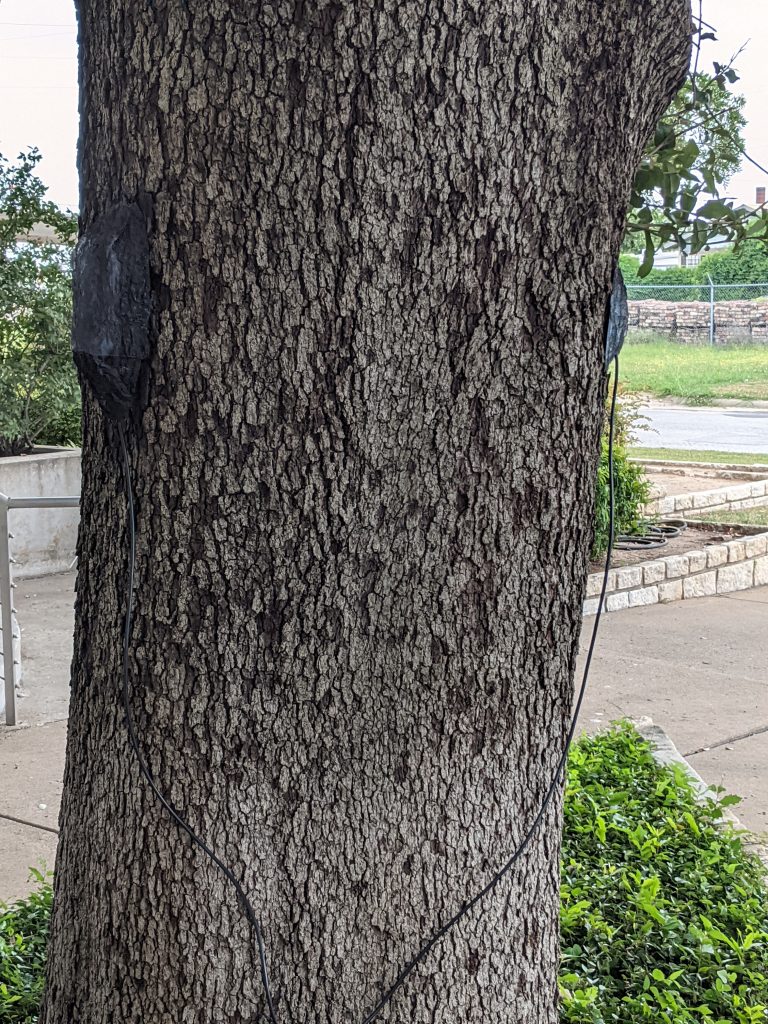
The Remote IR Flash System
For best results, the WilliamsRDM Remote IR Flash should be located away from the camera. The flash can be positioned to provide the best lighting while the camera is positioned to get the best picture
The Remote IR Flash is made up of a sensor, a trigger, a battery and a high power IR light. In the basic system, the sensor, trigger and battery are combined into a sensor/trigger module, and the high power IR light is separate. This system allows the end user to attach any compatible IR light to the system. The advanced system combines the trigger and the high power IR light into one camouflaged unit but separates out the sensor. It is a more compact system that is easier to hide.
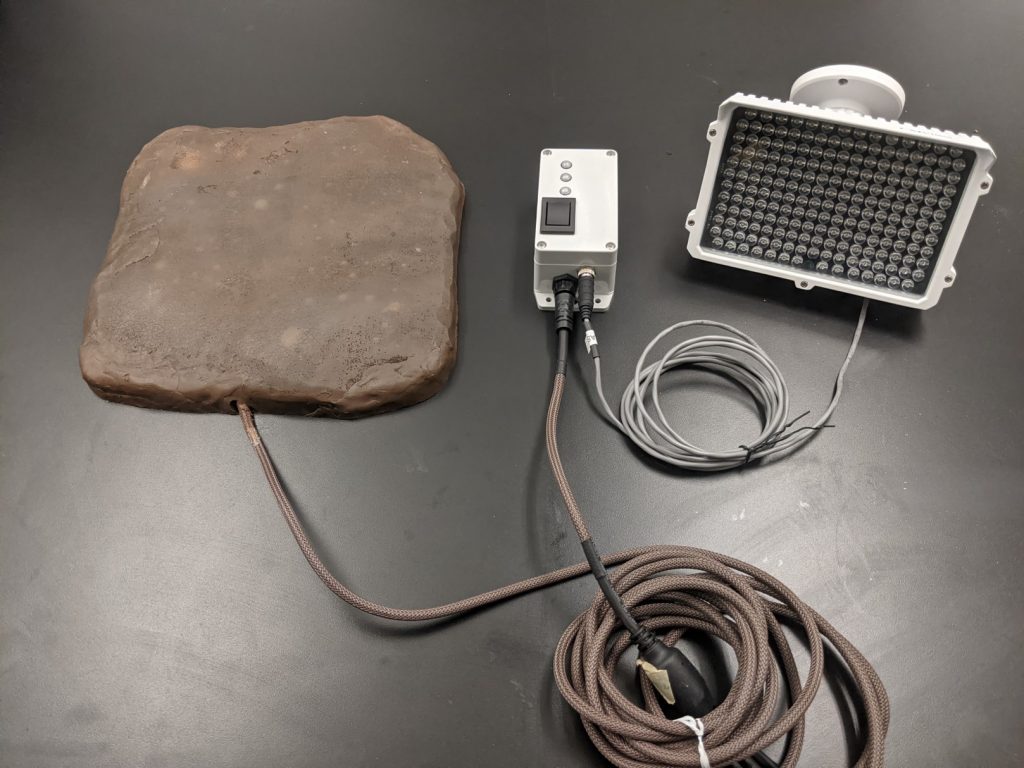
The basic system 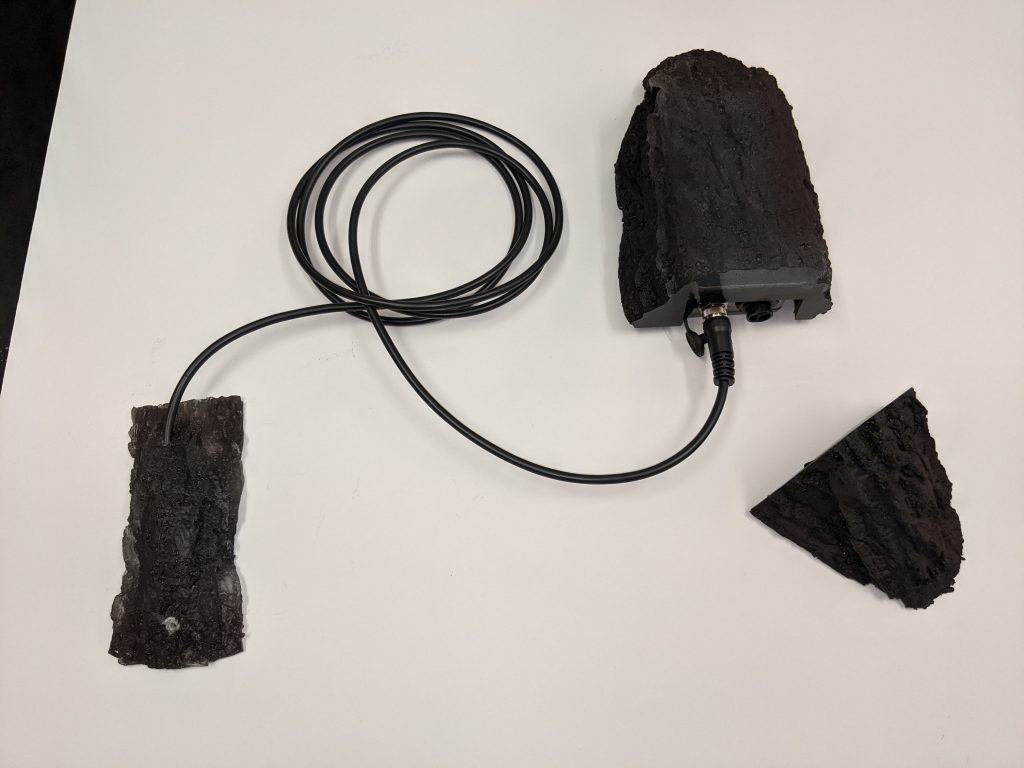
The Advanced system
The basic system allows the user to provided their own IR flood light to be used as a flash
As shown above, the basic system consists of an optional solar rock, sensor/ trigger module and a third party IR flood light. The advanced system is more compact and easier to camouflage. Minimal effort is needed to blend the system to its environment to conceal the unit. In the picture above, the Advanced system is shown without the optional solar rock attachment.
Both versions of the Remote IR flash function the same way: The sensor unit detects the flash from game camera and instantly turns on the IR Light. The sensor and the IR flash are connected to each other by a cable to allow the IR light to be optimally placed away from the sensor since the sensor needs to be placed where the camera’s flash will be visible. The high-power IR light illuminates the area in light invisible to the human eye but allowing the camera to get a better, more illuminated picture. Multiple Remote IR flashes can be used with a single camera in order to illuminate an even wider area.
The following pictures show multiple installations of the Remote IR flash. The sensor is connected to the tree in the center of the picture with the flash attached to the back of the tree facing away from the camera. In the first picture the Remote IR flash is not active. It was turned on for the second picture. The second picture shows additional detail not visible in the first, thus demonstrating the usefulness of the Remote IR Flash.
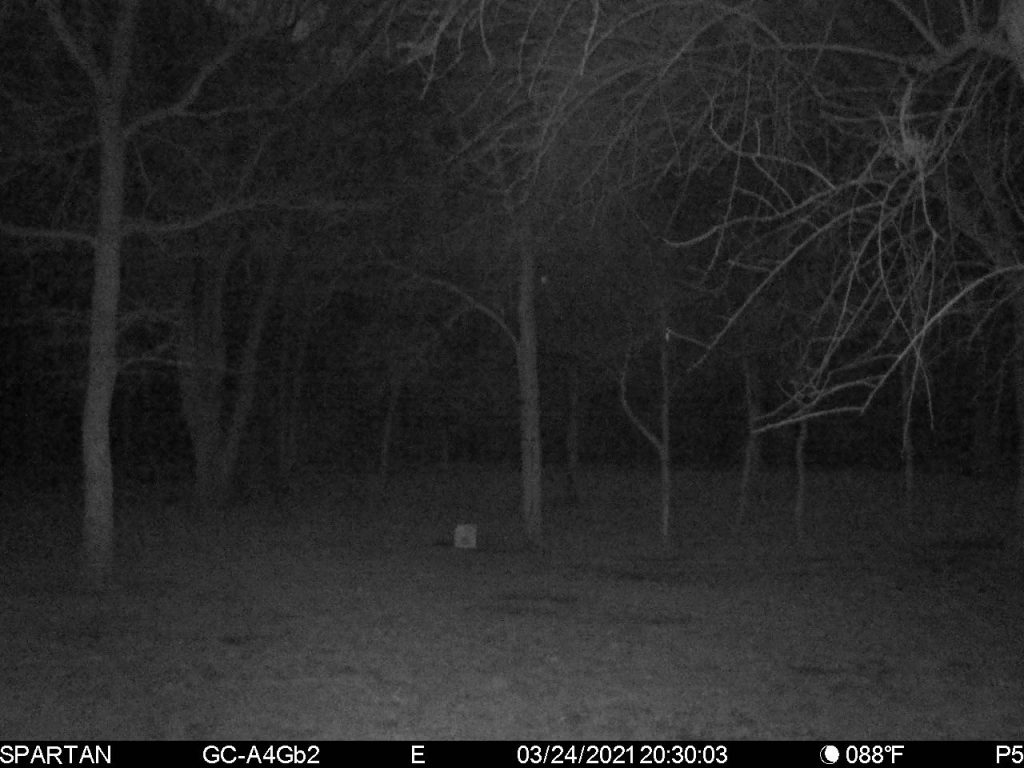
System setup without the Remote IR flash 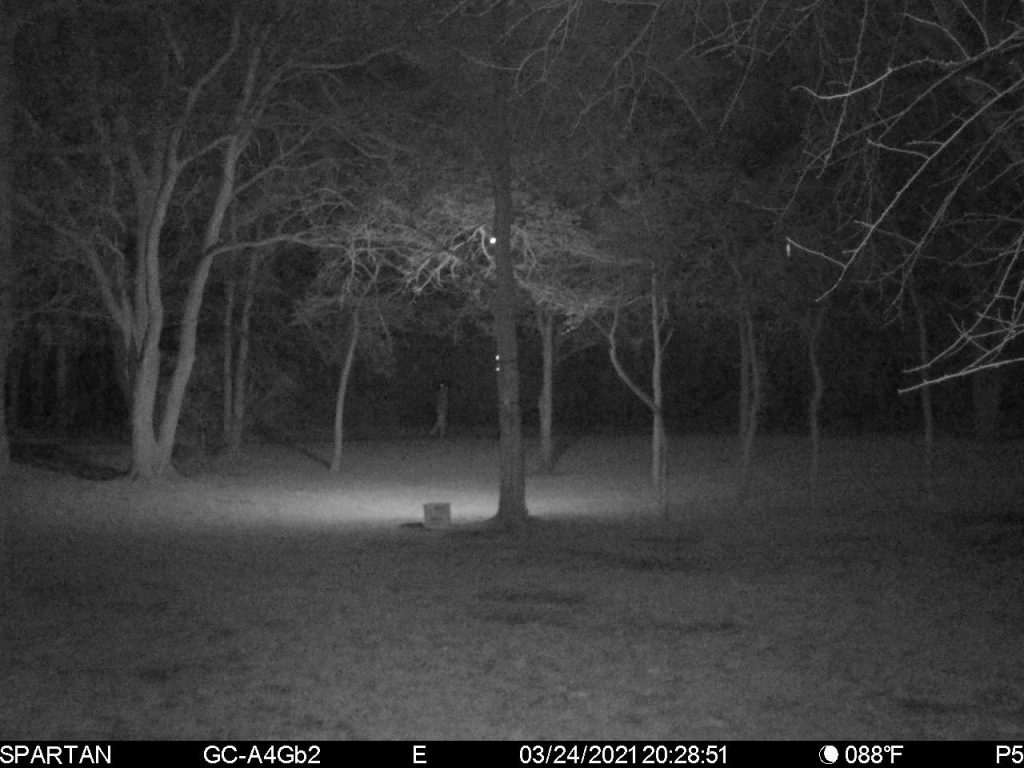
System setup with the Remote IR flash
Depending on the placement of the external IR flash, the cameras field of view can be increased at night. Multiple External IR flashes can be used with a single camera to fully illuminate an area and provide a better picture.
Depending on the placement of the Remote IR Flash, the camera’s field of view can be increased at night. Multiple External IR flashes can be used with a single camera to fully illuminate an area and provide a better picture.
In the next set of pictures, the sensor is attached to a tree to the left of the frame, the IR light is located on the same tree, only higher and pointing away from the camera. In the first picture, the subject triggers the camera by moving. Using only the camera’s flash, the subject cannot be seen. In the second picture the Remote IR flash is active. When the subject triggers that camera, he can be seen in the middle of the frame. Without the Remote IR flash the first picture may have been wrongly classified as a false alarm since there was nothing in the picture.
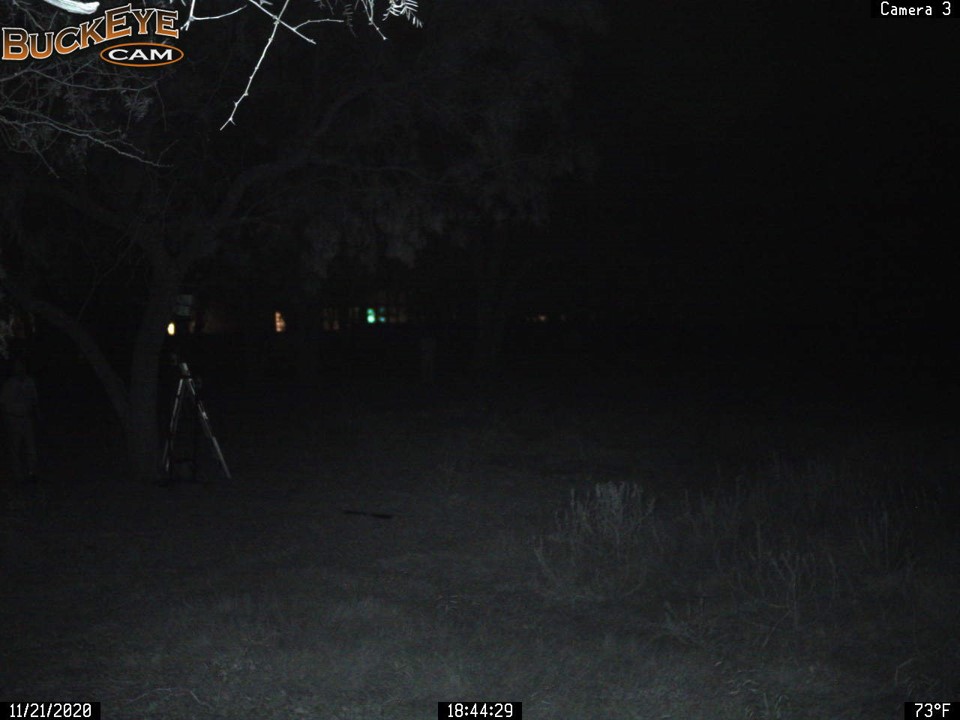
System setup without the Remote IR flash 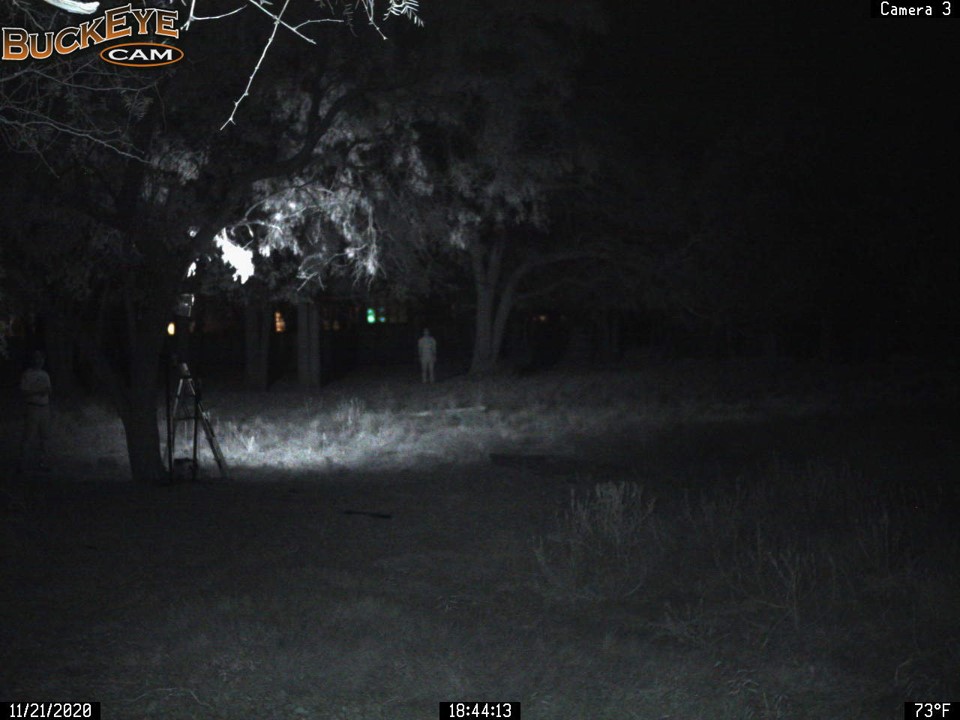
System setup with the Remote IR flash
The subject standing in the middle of the picture is only visible in the picture where the External IR Flash is Active. The subject did however trigger the camera to take both pictures. The detection range of the camera is often better than the range of the camera’s built in flash.
In the final group of pictures, we see a game camera monitoring a deer feeder. The sensor is mounted on the deer feeder facing the camera while the IR Light is mounted to the back of the deer feeder facing away from the camera. In the first picture the foreground is not visible. In the second picture with the Remote IR flash active, more of the field can be seen.
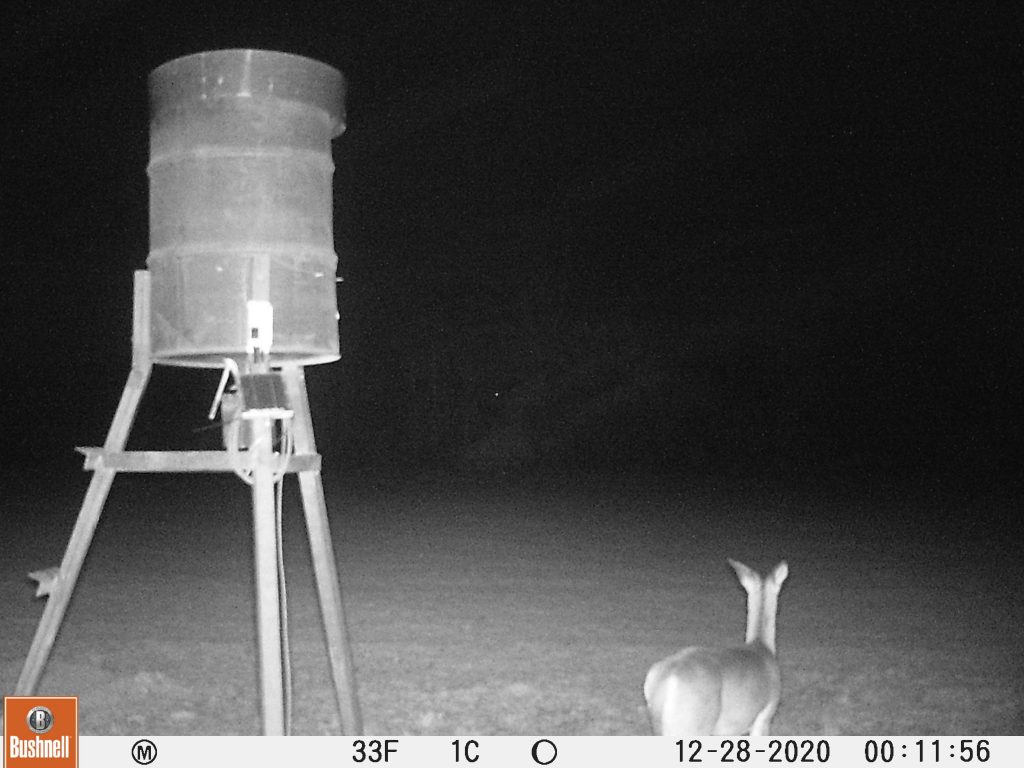
System setup without the Remote IR flash 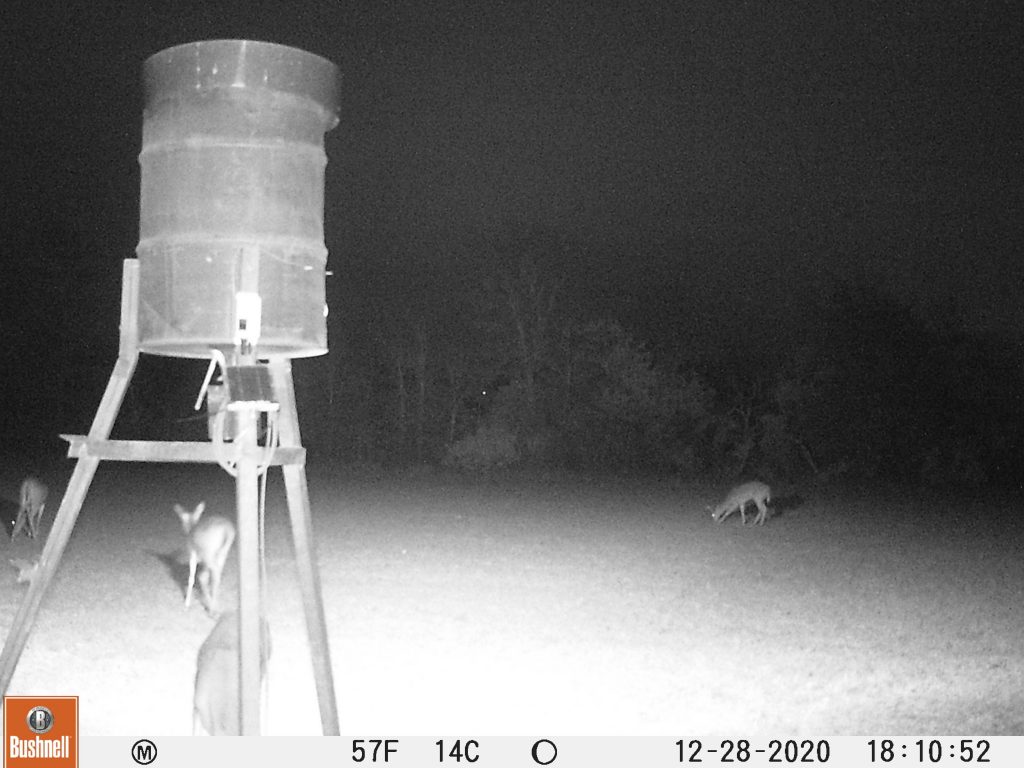
System setup with the Remote IR flash
The Second picture shows deer that would not have been visible without the Remote IR flash.
In all these pictures, only one Remote IR flash was used. Multiple IR flashes can also be triggered by one camera. This feature allows for a wider area to be illuminated for one camera.
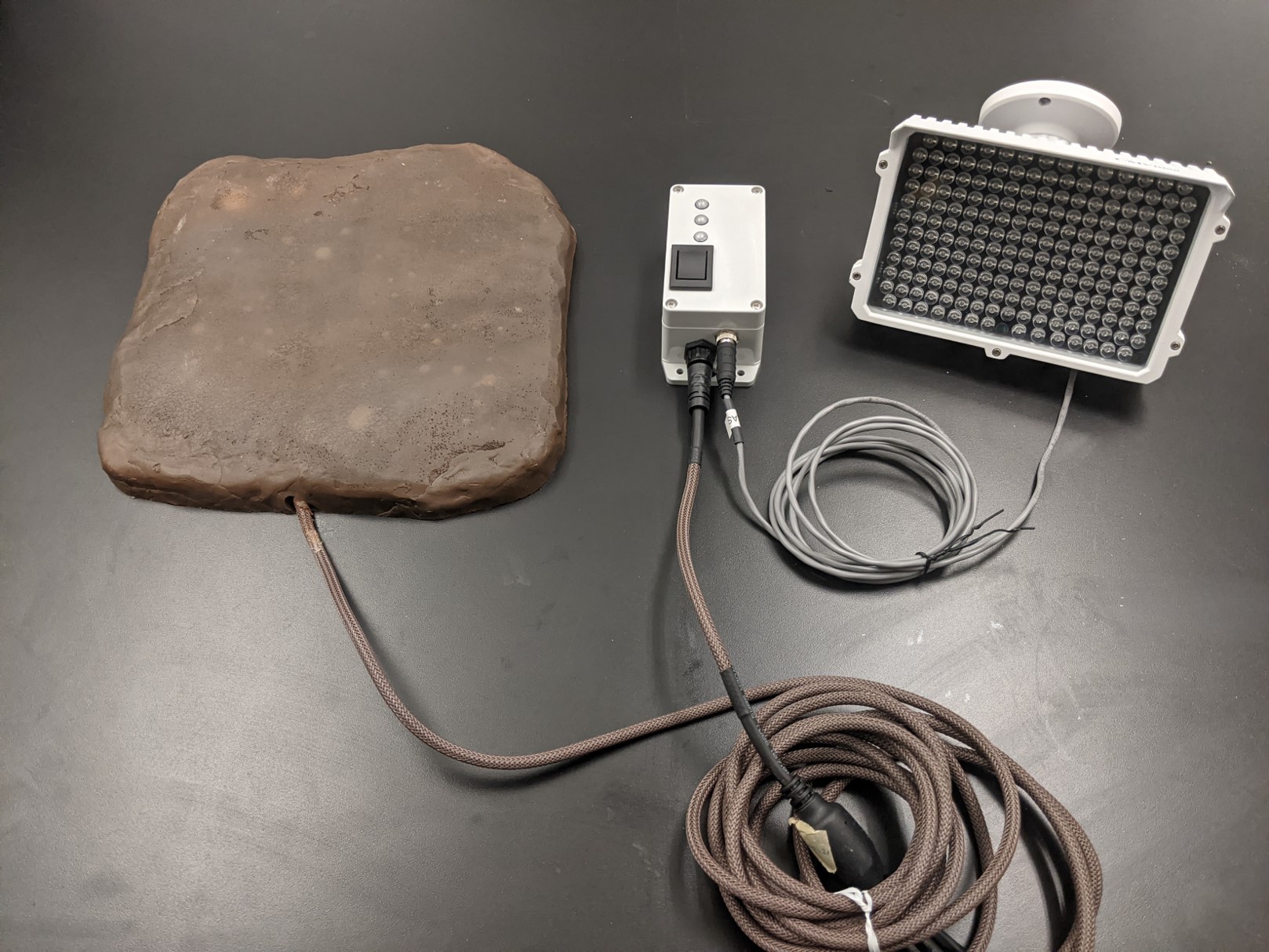 | 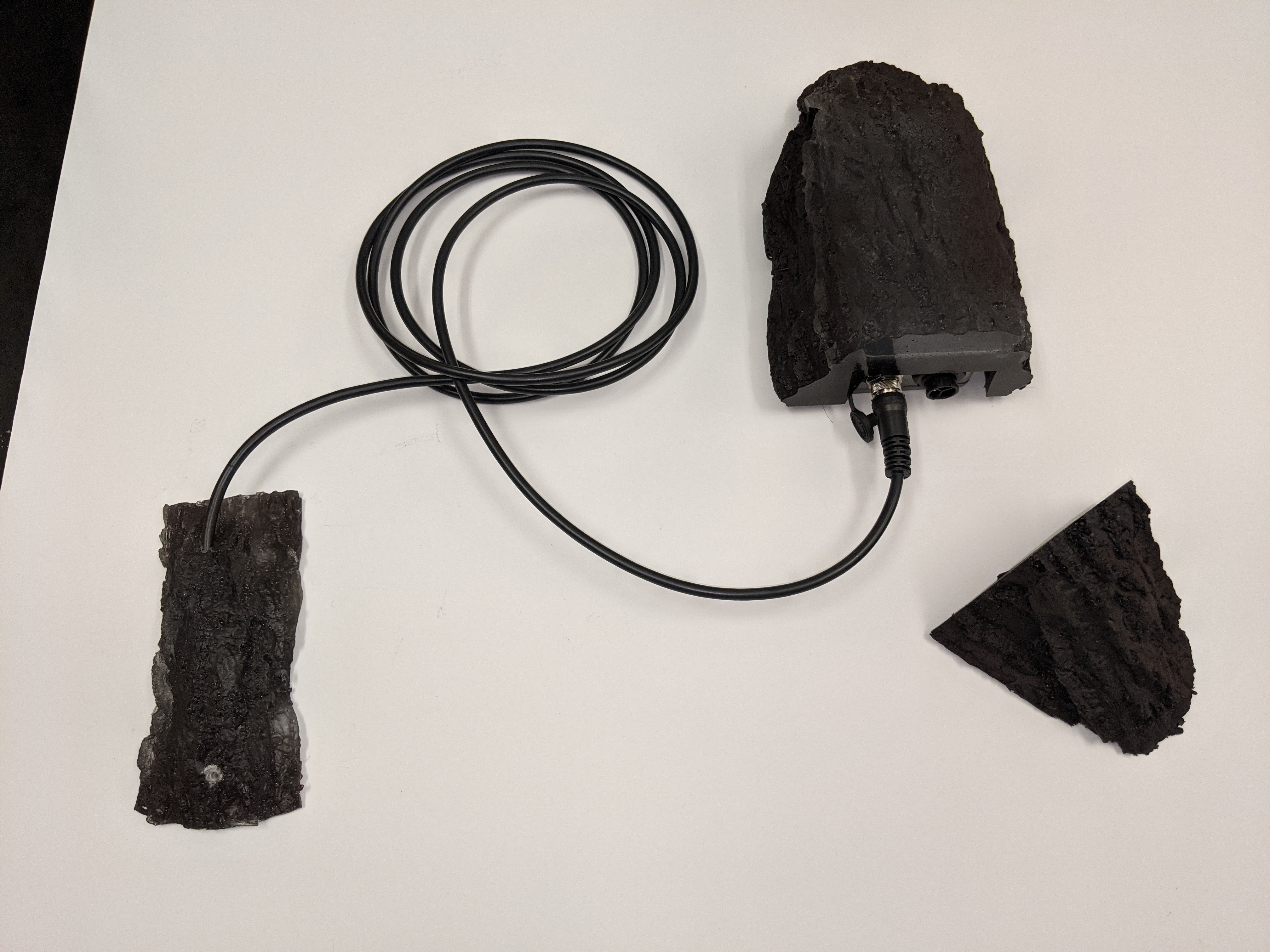 |
| Feature / Spec | Standard External IR Flash | Advanced External IR Flash |
| Wavelength Detection | 940nm / 850 nm | 940nm / 850 nm |
| Voltage Out (to power external flash) | 12V @ 3A | Flash Built in |
| Battery Capacity | 7.2V 3250mAh Li-Ion (300 flashed before recharging is needed) | 7.2V 3250mAh Li-Ion (300 flashed before recharging is needed) |
| Charging Input Volatge | 9-38 V | 9-38 V |
| Output Connector | 2.1mm ID, 5.6mm OD for third party IR Light | None. (Built in Flash) |
| Sensor Dimensions (L x W x D) | 5.5″ x 2.5″ x 2″ | 5.5″ x 3″ x 1″ |
| Flash Dimensions (L x W x D) | NA (depends on the third party flash selected) | 11″ x 4.5″ x 2.5″ |
| Flash Wavelength | NA (depends on the third party flash selected) | 940 nm |
